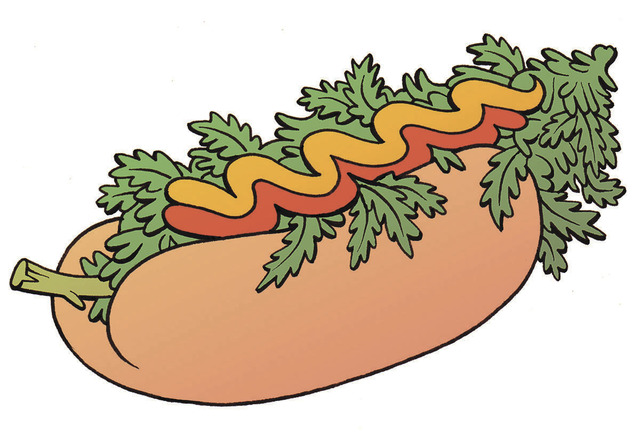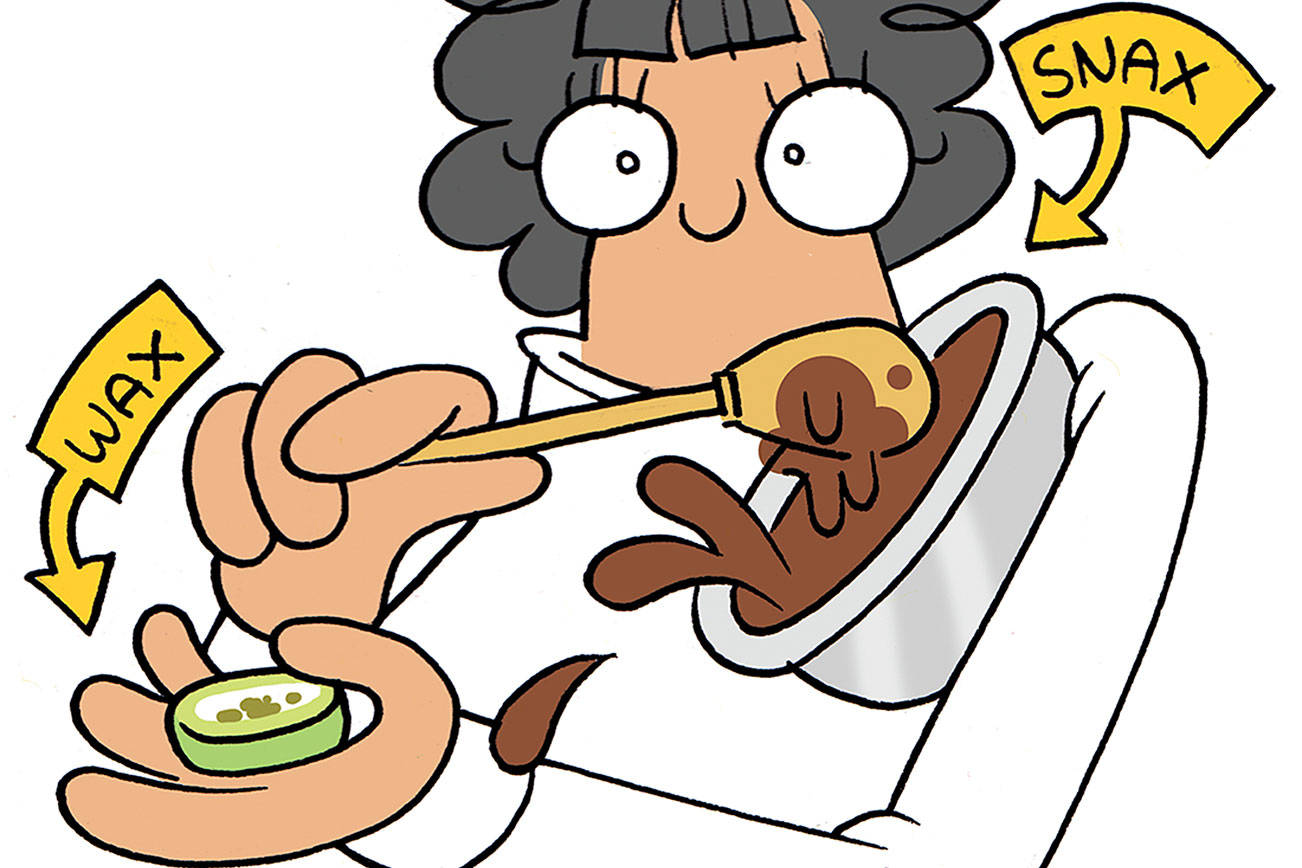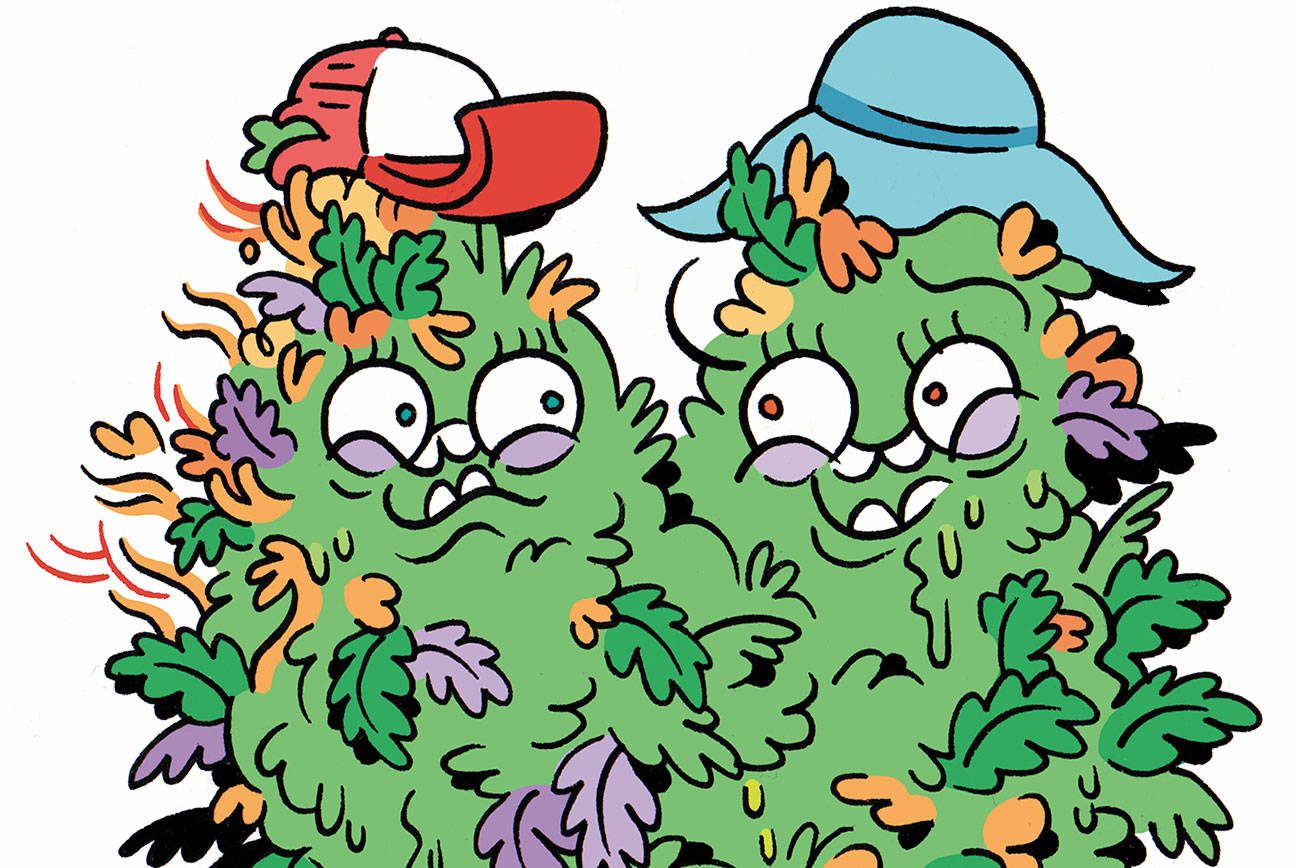People have been eating and drinking cannabis for thousands of years.
As far back as 6000 BCE, Chinese folks were using hemp seeds for food and oil, and today edibles make up a large slice of the legal-marijuana market. The contemporary consumer, though, is faced with more choices: soft drinks, truffles, granola bars, gummi bears, pastries, the list goes on.
There are many reasons to eat your weed. From a purely nutritional standpoint, cannabis offers many health benefits; it’s a complete protein loaded with essential amino acids, magnesium, iron, vitamin E, omega fatty acids, zinc, vitamin A, and other nutrients, vitamins, and antioxidants. And there are times when smoking is just not an option. Sporting events, large concerts, and movies all benefit from a discreet edible. Having a few “scooby snacks” at the ready is also the perfect way to drift through a nine-hour flight, though those crossing state or national borders with the stuff do so at their own risk. Also, for people with COPD or asthma, chronic bronchitis, or compromised immune systems, smoking is usually out of the question. However, these folks can still receive the medical benefits of cannabis from eating or drinking the plant.
With so many choices in the market, though, why would you ever cook edibles for yourself at home? Well, cooking your own treats lets you determine quality and quantity. The edibles available on the market are just like the other treats you find at a store; they run the gamut from total junk food to artisanal, free-trade, kosher delicacies. Having a hard time finding vegan or gluten-free edibles? Trying to cut your sugar or salt intake? Do you have food allergies? Cooking with cannabis gives you total control over those variables.
One of the oldest cannabis recipes on record is from 1475, written by a baller named Bartholomaeus Platina. He recommends that a cook remember the difference between “food for the body” and “food for the head,” reminding us all that cannabis is less a food than an intoxicant and a medicine.
Yet eating cannabis is decidedly different from smoking, dabbing, or vaping. When eating weed, know that it will come on slowly—anywhere from a half hour to two hours, depending on the method and your metabolism. It can provide some of the best physical highs, but it can also be very disorienting, especially if you’ve also been smoking. If you’re new to eating pot, I recommend just eating pot—save the smoke for another time. Give yourself a chance to feel the difference between smoking and eating.
Personally, I think the easiest way to learn how to cook with cannabis is to make your own canna-butter (or ghee) and cook with it. You can use it in all the ways you would regular butter, from making brownies to smearing it on toast. There are about a million recipes online—but I will remind you, no matter the recipe, the stronger the weed, the stronger the butter.
Another easy way to consume weed is the delicious traditional libation, bhang. Similar to Indian lassi, this drink is a favorite from Southeast Asia to northern India. Most bhang recipes call for up to 3.5 grams per serving, but I found that just a tenth of a gram per serving of kief or hash is plenty.
Last, I would be remiss not to mention mahjoun, that fabled Moroccan treat mentioned by stoned beatniks like William S. Burroughs and Paul Bowles. Made from a tasty blend of pistachios, hash, arrowroot, honey, and medjool dates, it’s flavored with spices like turmeric, cardamom, cinnamon, clove, and anise, and is sure to send you on a magic carpet ride.







